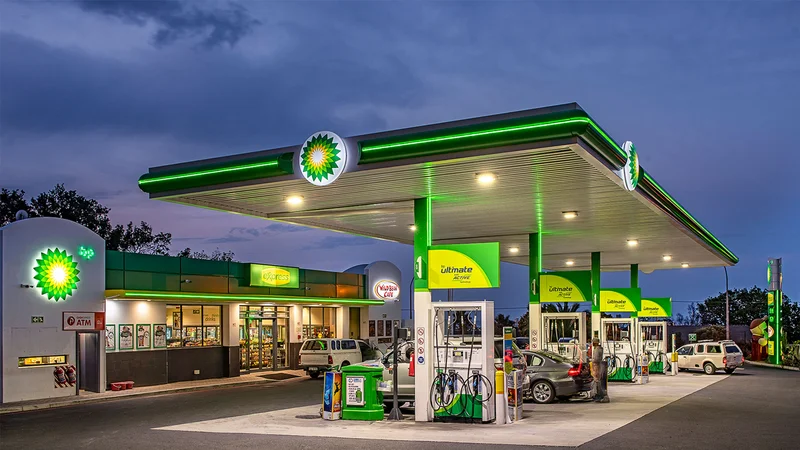BP's recent award to SLB OneSubsea for a subsea boosting system in the Tiber development isn't just another contract; it's a bold step toward unlocking the vast potential of the US Gulf's Paleogene play and, more importantly, a sneak peek at the future of energy production. We're talking about a future where deep-sea resources are not just accessible but efficiently and sustainably harnessed.
The Tiber project, slated for production by 2030, along with the Kaskida project aiming for first oil in 2029, represents a significant commitment to the Gulf's Paleogene resources. BP estimates around 10 billion barrels of discovered resources lie within this play. But what truly excites me is the technology they're employing: a standardized, high-pressure subsea pump system solution from SLB OneSubsea, designed to handle pressures of 20,000 psi. This 20k technology is a game-changer. This isn't just about extracting oil; it's about pushing the boundaries of what's technologically possible in the energy sector. Imagine the implications!
Think of it like this: for decades, we've been using conventional pumps to extract resources from the Earth, much like using a hand pump to draw water from a well. Now, imagine replacing that hand pump with a powerful, automated, deep-sea system capable of reaching unimaginable depths and pressures. That’s the leap we're talking about with these subsea boosting systems. SLB OneSubsea's CEO, Mads Hjelmeland, rightly points out the increasing adoption of these strategies to free up topside space and reduce power requirements, but I think there's an even bigger picture here.

What if this is the start of a trend? What if, in the near future, we see a proliferation of these subsea systems, unlocking resources previously deemed inaccessible or uneconomical? I remember reading a comment in an online forum a few weeks ago that said something like, "It's like they're building an underwater city, one pump at a time." I just loved that! It perfectly captures the ambition and scale of what’s happening here.
This isn't just about BP or SLB OneSubsea; it's about the potential for a paradigm shift in how we approach energy production. Subsea boosting strategies could minimize the environmental footprint by reducing the need for large, topside platforms and associated infrastructure. By reducing power requirements, we can lower the overall energy expenditure of extraction, making it more sustainable. It is like the shift from bulky, energy-intensive computers to sleek, efficient laptops. Sure, the initial investment is significant, but the long-term gains in efficiency and sustainability are undeniable.
Of course, with such powerful technology comes great responsibility. We must ensure that these systems are deployed safely and responsibly, with robust environmental safeguards in place. The potential for accidents and environmental damage is real, and we need to learn from past mistakes to avoid repeating them. But I believe that with careful planning and diligent oversight, we can harness the power of these technologies for the benefit of all. When I realized the impact this could have, I was reminded of the moment when the printing press was invented. Suddenly, information that was once scarce became readily available to the masses, and it changed the course of history. This could be the energy equivalent of that moment.